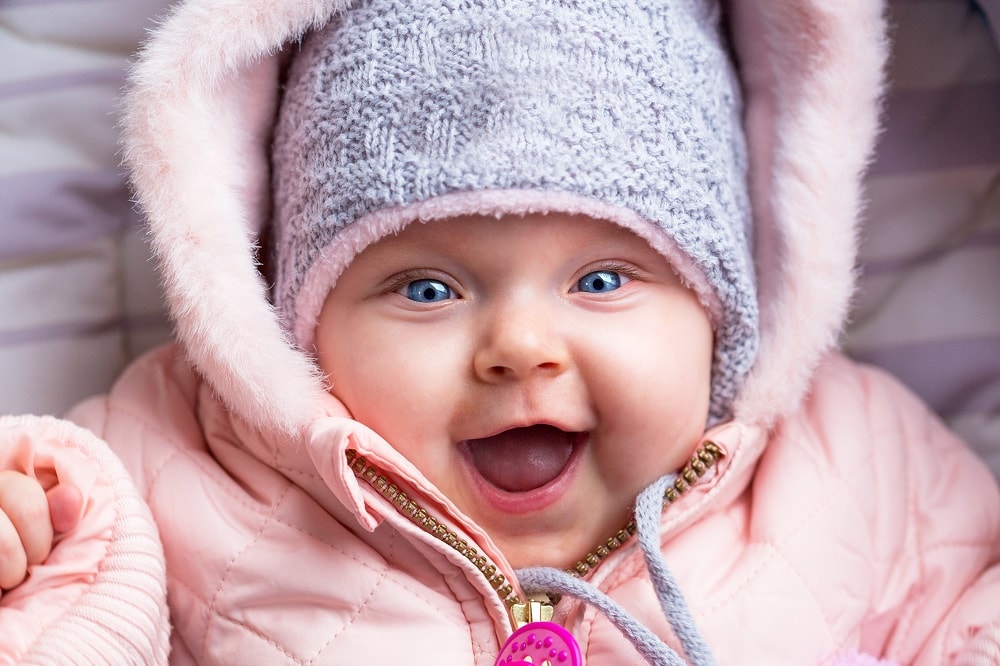When the temperatures start to drop, it’s a bit more challenging to keep your baby warm without adding too much bundling or making it difficult to move. The good news is there are some great tips to keep little cheeks and toes warm without restricting movement. You and your littlest children can enjoy getting outside for some fresh air.
Don’t Dress Babies as if They Were Adults
One important thing to remember is that children under the age of 2 can’t regulate their body temperature. If an adult goes from a warm room to a slightly cooler environment, the adult’s body adjusts for comfort. This means that parents must pay attention to their little ones’ temperature, adding layers or removing them.
Add One Layer More Than You Wear
In general, babies should have an extra layer of clothing more than you wear. When it’s really cold outside, this could mean a lot of layers for your baby. Make sure you choose soft, breathable fabrics, such as those in the Turtledove London baby clothing line. These cozy layers will hold warmth without preventing moisture from leaving the body. A coat or snowsuit should be the outermost layer when it’s really cold outside.
Put a Hat on Baby’s Head
A lot of heat escapes from your head, and this is especially true for babies with little to no hair. A warm, soft hat keeps your baby warmer and also protects those little ears from very cold air. The hat should be snug enough to stay on but not so tight that it constricts head development. If it’s sunny and cool, consider using a hat with a brim to protect against UV rays, but when it’s really cold, stick with a hat that has moisture-wicking fabric, such as beanie.
Check Your Baby’s Hands
Extremities, such as hands and feet, are more susceptible to the cold. Although the head is probably the area where babies lose the most heat, hands can also lose a lot of heat. Make sure you keep those little fingers snug and warm in mittens. Check those little hands from time to time to be sure they are staying warm. It isn’t as easy to check baby’s toes, but some comfy socks, booties, and warm shoes or boots can keep them safely warm.
Choose Warm Fabrics That Breathe
Some fabrics are better than others at keeping your baby dry and warm. Wool is one of the most popular options. It’s the warmest, is naturally insulating, and tends to wick moisture away from the body. If it’s a bit itchy, look for merino wool or put a thin cotton layer between the wool and baby’s skin. Fleece does a very good job of mimicking the qualities of wool. It tends to be cheaper than wool and is lightweight. A down coat is great for insulating your little one when it’s really cold.
It’s easy to get carried away when it’s time to take your baby outside in the winter, but a good rule of thumb is to stick to three to four layers with winter-worthy fabrics – based on what you’re wearing. Add a hat and some mittens, and you and your little one should be ready to enjoy some fresh air and outside fun.

